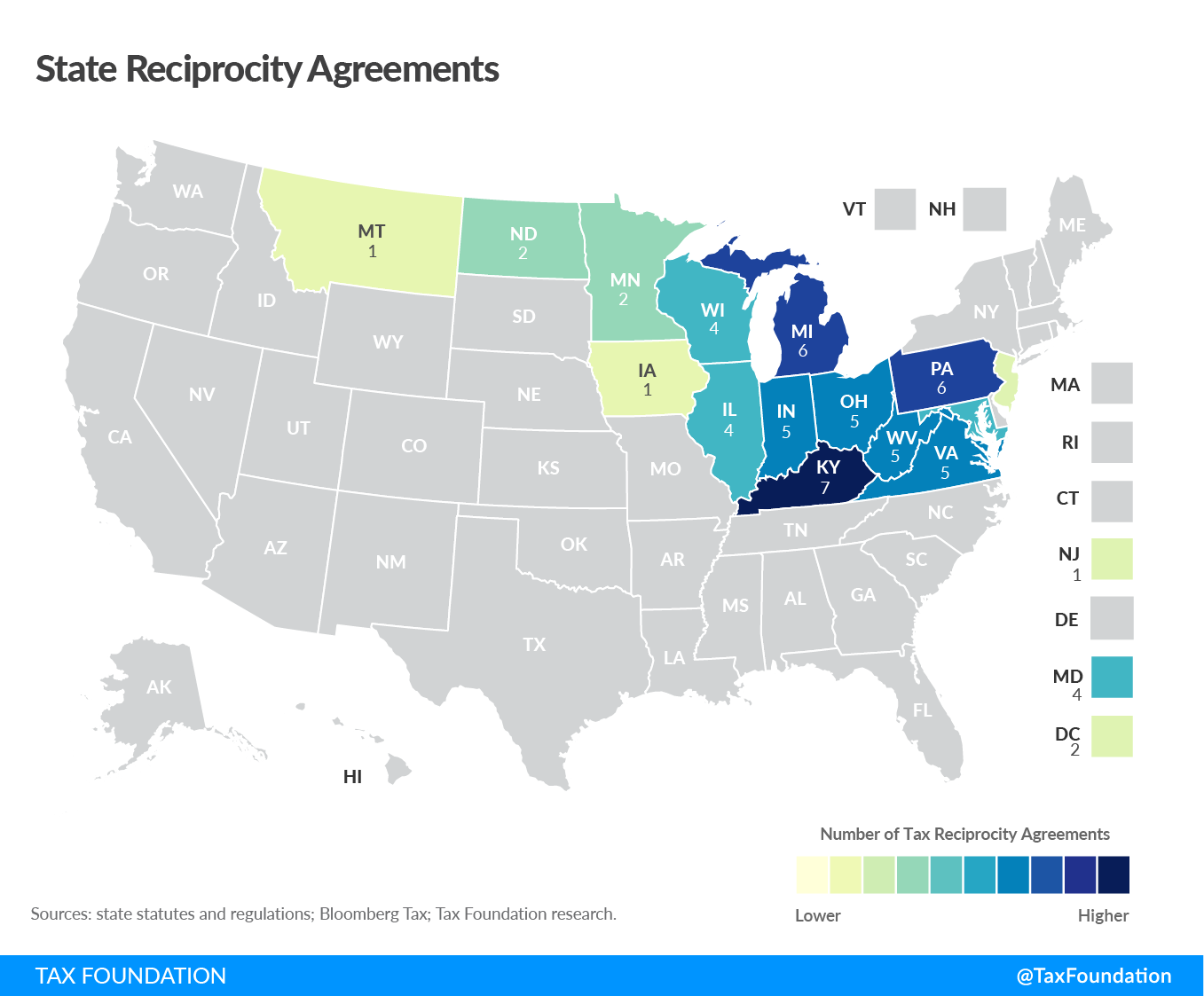Federal Circuit Rules on Written Description Requirement and Prior Art Statements Supporting a Motivation to Combine | Sheppard Mullin Richter & Hampton LLP
RAI Strategic Holdings, Inc. v. Phillip Morris Products S.A., No. 2022-1862 (Fed. Cir. February 9, 2024) addressed two issues: (1) when the written description requirement is met in the context of a claimed range that is narrower than the ranges disclosed in the patent specification, and (2) the kind of prior art disclosure language which supports a finding of a motivation to combine for an obviousness rejection.
Background and Procedural History
RAI Strategic Holdings, Inc. (“RAI”) owned U.S. Patent No. 10,492,542 (the “’542 Patent”), directed to electrically powered smoking articles, i.e., e-cigarettes or vapes. The claim language at issue covered a heating member with “a length of about 75% to about 85% of a length of the disposable aerosol forming substance[.]” The ’542 Patent specification disclosed heating members having length ranges of 75% to 125%, 80% to 120%, 85% to 115%, and 90% to 110%. The ’542 Patent did not disclose a heating member length range with an upper limit of 85%.
In response to RAI asserting the ’542 Patent against Phillip Morris’ parent entity in RAI Strategic Holdings, Inc. v. Altria Client Services LLC, No. 1:20-cv-393 (E.D. Va. filed Apr. 9, 2020), Phillip Morris petitioned for post-grant review of the ’542 Patent. Phillip Morris’ petition argued that the claims to a heating member length range of “75% to about 85%” were not supported by the ’542 Patent’s written description because the claimed range was “different from and substantially narrower than the [disclosed ranges].” Phillip Morris’ petition also argued that the remaining claims of the ’542 Patent were obvious in light of the prior art.
The Board’s final written decision agreed with Phillip Morris’ positions, holding the claims to a heater member length range of “75% to about 85%” unpatentable for lack of written description (35 U.S.C. § 112), and holding the remaining claims unpatentable as obvious (35 U.S.C. § 103). RAI appealed the Board’s decision to the Federal Circuit.
Issues
- Did the Board err in finding the ’542 Patent’s claims to a range of “75% to about 85%” lacked adequate written description support when the ’542 Patent’s specification disclosed ranges of 75% to 125%, 80% to 120%, 85% to 115%, and 90% to 110%?
- Did the Board err in finding that a POSITA would have had a motivation to combine the cited prior art references to Robinson and Greim?
Holdings and Reasoning (Stoll, writing the opinion for Chen, Stoll, and Cunningham)
(1) The Board erred in finding the ’542 Patent’s claims to a range of “75% to about 85%” lacked adequate written description support when the ’542 Patent’s specification disclosed ranges of 75% to 125%, 80% to 120%, 85% to 115%, and 90% to 110%.
The Federal Circuit laid out its legal framework regarding the written description requirement in the context of claims which cover a narrower range than what is disclosed in the specification: “Among other things, we consider whether ‘the broad described range pertains to a different invention than the narrower (and subsumed claimed range,’ in which case the specification does not provide written description support for the narrower claimed range.” (citing In re Wertheim, 541 F.2d 257, 264–65 (C.C.P.A. 1976)).
The Federal Circuit distinguished two cases relied on by the Board for rejecting the ’542 Patent’s narrowed claims: In re Baird 348 F.2d 974 (C.C.P.A. 1965), and Indivior UK Ltd. v. Dr. Reddy’s Laboratories S.A., 18 F.4th 1323 (Fed. Cir. 2021).
For Baird, the Federal Circuit pointed out that the claimed 40 °F to 60 °F range was found to be a “different invention” from the disclosed 32 °F to 176 °F range because the claim had been copied from a different patent in order to initiate an interference proceeding. The patent on the other side of the interference proceeding explicitly disparaged embodiments outside the 40 °F to 60 °F range. The disparagement in the specification from which the claim was copied showed that the copied claims were drawn to a different invention than what was disclosed in the written description of the patent at issue in Baird. The Federal Circuit found Baird distinguishable because there was no indication that the claimed ranges in the ’542 Patent would result in a different invention from the ranges disclosed in the written description of the ’542 Patent.
For Indivior, the Federal Circuit pointed out that the claimed ranges of “about 40 to about 60 wt %” and “about 48.2 to about 58.6 wt %” were in the context of a specification that disclosed “any amount of at least 25%,” “at least 50%,” “any desired level” and tables with formulations having specific values, including 48.2 wt % and 58.6 wt %. The disclosed inconsistent and open ended ranges—along with the lack of indication that the specific values were actually endpoints to any range—undermined the written description’s support for the claimed ranges. The Federal Circuit found Indivior distinguishable because the broader ranges disclosed in the written description of the ’542 Patent had explicit endpoints and were not inconsistent with each other.
Finally, the Federal Circuit noted that because the ’542 Patent is directed to e-cigarettes, which are a predictable art, less detail is required to satisfy the written description requirement. Further, Phillip Morris could not explain why a POSITA would understand an embodiment of the ’542 Patent in the claimed range of 75% to 85% to be a different invention from an embodiment of the ’542 Patent in the disclosed ranges of 75% to 125%, 80% to 120%, 85% to 115%, and 90% to 110%. Accordingly, the Federal Circuit found that substantial evidence did not support the Board’s finding that the ’542 Patent’s claims to a range of “75% to about 85%” lacked adequate written description support.
(2) The Board did not err in finding that a POSITA would have had a motivation to combine the cited prior art references to Robinson and Greim.
The Federal Circuit focused on Phillip Morris’ proposed combination of Robinson with Greim:
[Resulting in…]
Phillip Morris pointed to disclosures in Robinson that “the size and shape of [its] heating element 72 can be altered” and that the “[s]election of the power source and resistance heating elements can be a matter of design choice, and will be readily apparent to one skilled in the art.” The Board agreed that this language would have invited a POSITA to look to the available art for heating elements, like Greim, for alternate heaters. RAI argued on appeal that these statements in Robinson were to alternative designs within Robinson only. The Federal Circuit found that the statements in Robinson constituted substantial evidence supporting the Board’s finding. Further, RAI’s expert had admitted that a POSITA would have “appreciated flexibility in their heater design” and that “implementing Greim’s heater in Robinson’s housing would not have been beyond the skill of a [POSITA].”






